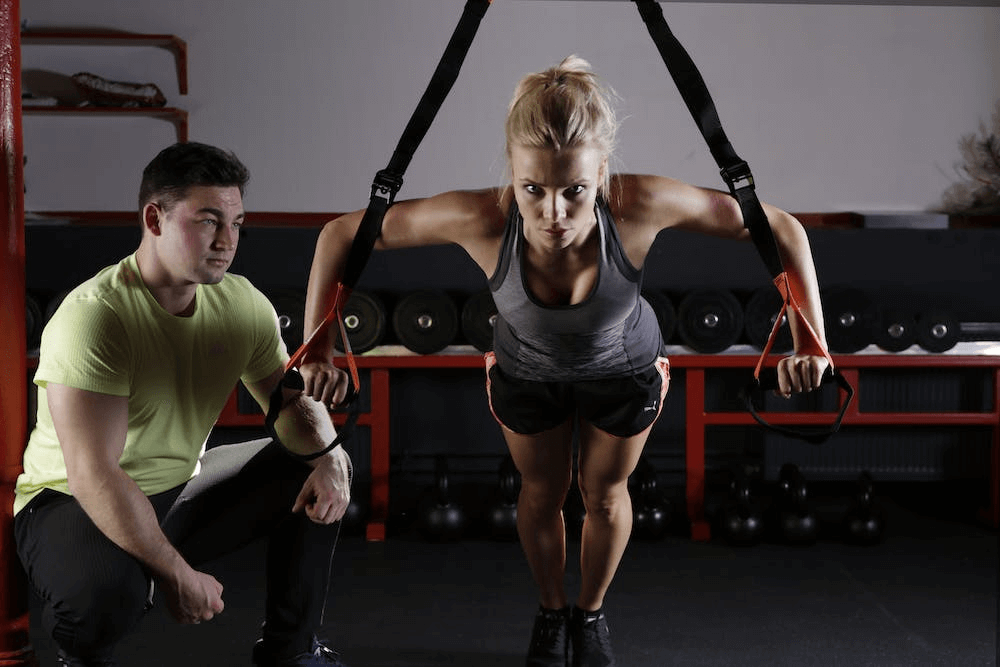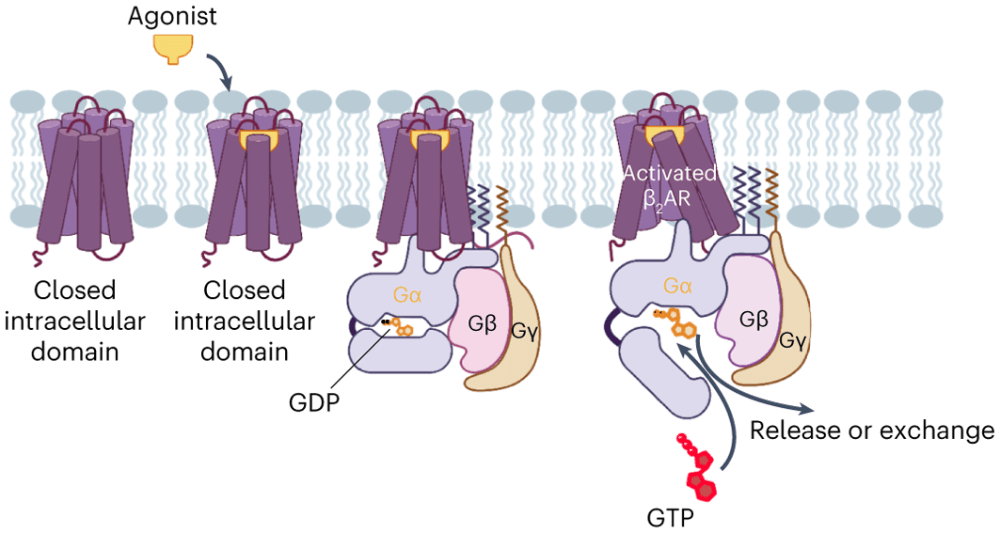Table of Contents
- Importance of Rear Delt Training
- Top Rear Delt Exercises
- Tips for Effective Rear Delt Training
- Integrating Rear Delt Exercises into Your Routine
- Advanced Techniques for Rear Delt Development
- Addressing Common Mistakes in Rear Delt Training
- Incorporating Mobility and Stretching
- The Role of Nutrition and Recovery
- Tracking Progress and Adjusting Goals
The rear deltoids, often an overlooked muscle group, play a crucial role in shoulder aesthetics and functionality. Strengthening the rear delts not only enhances the shoulder’s appearance but also improves posture and shoulder stability. This post will explore effective exercises to target and develop these key muscles.
Importance of Rear Delt Training
- Balanced Shoulder Development: Training the rear delts is essential for balanced muscle development around the shoulder, preventing a front-heavy appearance.
- Injury Prevention: Strong rear deltoids contribute to overall shoulder stability, reducing the risk of injuries, particularly in movements involving the upper body.
- Improved Posture: Strengthening the rear delts can counteract the effects of poor posture, often caused by sitting for long periods or front-dominant workouts.
Top Rear Delt Exercises
- Bent-Over Dumbbell Reverse Fly: This exercise isolates the rear delts effectively. Bend over at the waist with dumbbells in each hand, and lift the weights outward with a slight bend in the elbows.
- Face Pulls: Using a cable machine with a rope attachment, pull the weight towards your forehead while keeping your upper arms parallel to the ground. This exercise also engages the traps and upper back.
- Seated Cable Row with a Wide Grip: A wide grip on the cable row specifically targets the rear delts, along with the middle and upper back muscles.
- High Cable Rear Delt Fly: Stand in the center of a cable crossover machine, crossing your arms to grab the opposite handles. With a slight bend in your elbows, pull the handles outwards and back, focusing on squeezing your shoulder blades together.
- Barbell or Dumbbell Rear Delt Row: Similar to a standard row, but with a focus on pulling with your rear delts and upper back, keeping your torso more upright. Check out the 5-day dumbbell workout plan.
Tips for Effective Rear Delt Training
- Mind-Muscle Connection: Focus on engaging the rear deltoids during each exercise. Developing a strong mind-muscle connection is crucial for maximizing the effectiveness of your workout.
- Controlled Movements: Perform each exercise with controlled movements, avoiding momentum. This ensures that the rear delts are doing the work, not other muscle groups.
- Appropriate Weight Selection: Choose a weight that allows you to perform the exercises with proper form. The rear deltoids are small muscles and can be easily overpowered by larger muscle groups if the weight is too heavy.
Integrating Rear Delt Exercises into Your Routine
- Workout Placement: Rear delt exercises can be incorporated into your shoulder workouts or upper body routines. They can also be added to pull days if you follow a push/pull/leg split.
- Frequency and Volume: Aim for 2-3 rear delt-focused exercises per week, with 3-4 sets of 10-15 reps each, depending on your overall workout plan and goals.
Advanced Techniques for Rear Delt Development
- Supersets and Drop Sets: Incorporate advanced techniques like supersets, where you pair a rear delt exercise with another shoulder movement, or drop sets, where you reduce the weight and continue the set to failure. These methods can intensify your workout and stimulate muscle growth.
- Time Under Tension: Increase the time under tension by slowing down the eccentric (lowering) phase of the exercise. This technique can help in further engaging and strengthening the rear deltoids.
Addressing Common Mistakes in Rear Delt Training
- Avoiding Overcompensation: One common mistake is using too much weight, leading to overcompensation by the back or bicep muscles. Focus on using a weight that allows you to maintain proper form and isolate the rear delts.
- Proper Body Positioning: Ensure correct body positioning, especially in bent-over movements, to effectively target the rear deltoids without straining the lower back.
Incorporating Mobility and Stretching
- Shoulder Mobility: Incorporate shoulder mobility exercises into your routine to improve your range of motion and prevent injuries. This is crucial for exercises that require a significant degree of shoulder flexibility, like rear delt flyes.
- Post-Workout Stretching: Implement stretching exercises post-workout to aid in recovery and maintain muscle flexibility. Stretching the shoulders can help alleviate tension built up during training.
The Role of Nutrition and Recovery
- Fueling Muscle Growth: Adequate nutrition is key to muscle growth and recovery. Ensure your diet is rich in proteins, healthy fats, and carbohydrates to support your rear delt development.
- Rest and Recovery: Give your muscles time to recover with adequate rest. Overtraining can lead to injuries and hinder muscle growth, so ensure you have rest days in your workout schedule.
Tracking Progress and Adjusting Goals
- Monitoring Development: Regularly track the progress of your rear delt development. This can be through visual assessment, measuring muscle size, or monitoring strength improvements.
- Adjusting Training Goals: Based on your progress, adjust your training goals and techniques. This might mean increasing the intensity, changing exercises, or focusing more on mobility work.
Final Verdict
Developing the rear deltoids is essential for a well-rounded fitness regimen. These exercises not only enhance the appearance of your shoulders but also contribute to better posture, upper body strength, and injury prevention. Incorporating these rear delt exercises into your workout routine will ensure balanced shoulder development and improved overall functionality.







